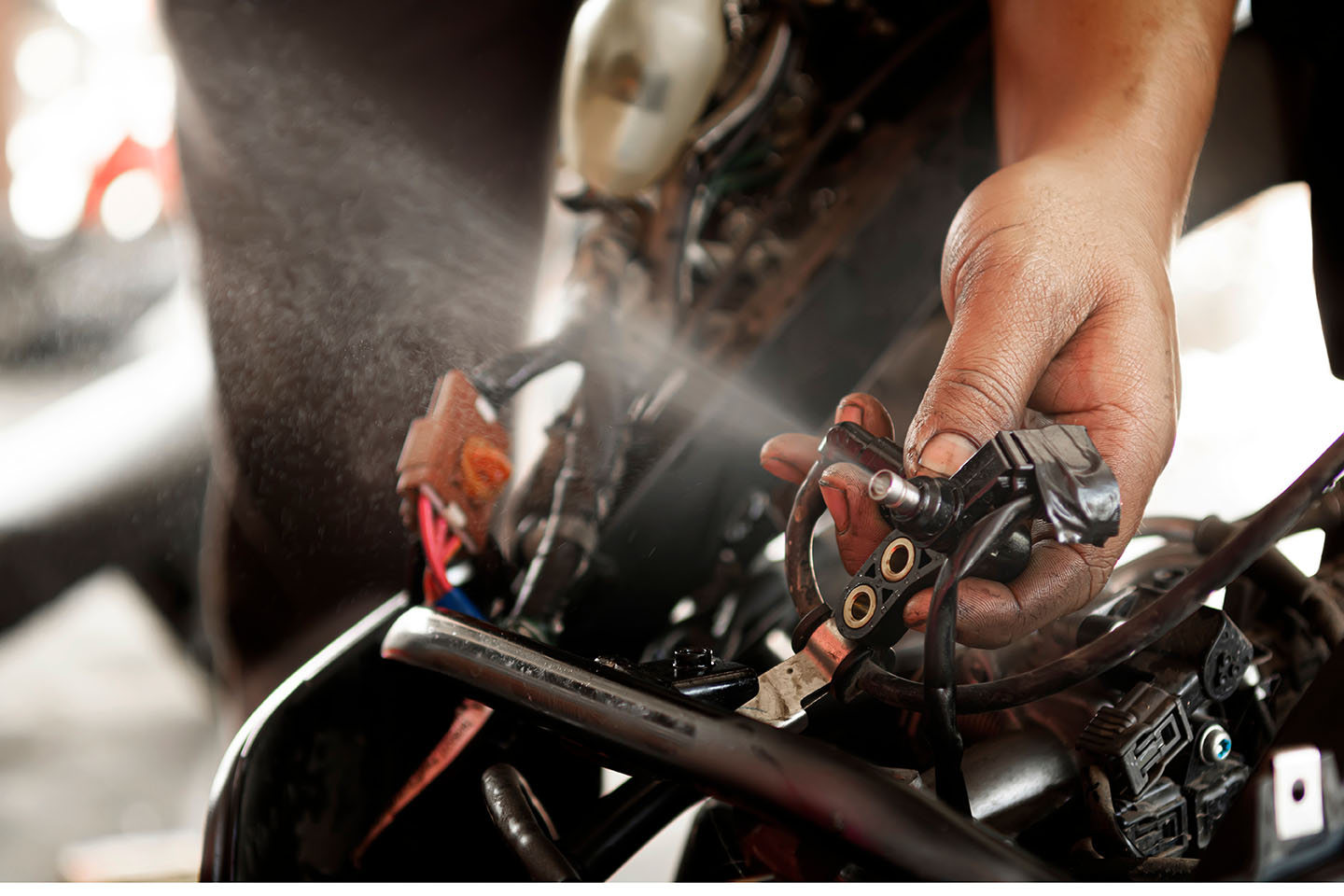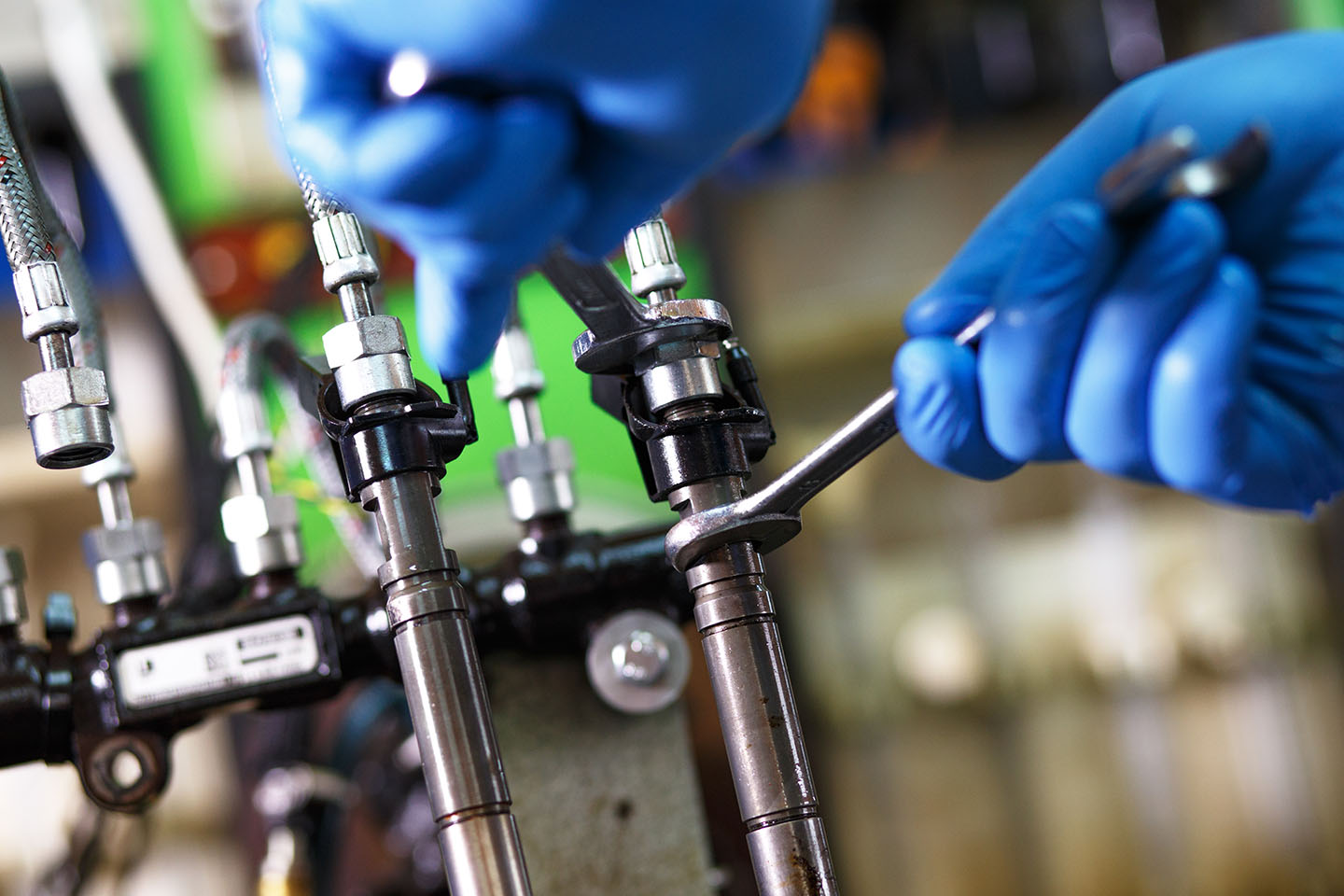5 Fuel Pressure Regulator Symptoms to Look Out For
Mar 30th 2023

Source: Shutterstock.com / MANAT23
The fuel pressure regulator is a key component of your diesel truck. It regulates the pressure of the fuel being injected into the combustion chamber. The fuel needs to be pressurized so that it sprays evenly as a fine mist, which then allows it to burn completely and efficiently.
Most modern diesel trucks use electric fuel pressure regulators that adjust the fuel pressure based on the information it receives from the engine control module. Fuel injectors are used on all types of internal combustion engines. But unlike gas-run vehicles, diesel engines use direct injection, which requires additional pressure. Gas engines need between 10 and 60 psi to fire, while diesel engines need anywhere from 10,000 to 30,000 psi.
The fuel pressure regulator can break down for any number of reasons. The injectors need a steady supply of clean, high-quality oil to pressurize the fuel prior to injection. Watch out for these fuel pressure regulator symptoms and consider replacing your diesel fuel injectors to prevent additional wear and tear.
Common Fuel Pressure Regulator Symptoms
1. Engine Misfire or Rough Idling
If the fuel pressure regulators fail to deliver fuel to the engine or the engine cannot burn the fuel, the engine may misfire, which is when one or more of the cylinders loses power. The engine needs a certain amount of fuel to generate mechanical energy, so you may lose power at a moment’s notice. You may also run into issues when idling as the fuel pressure varies.

Source: Shutterstock.com / Zoran Zeremski
2. Reduced Fuel Efficiency and Acceleration
You’re bound to run into a range of performance issues when driving with a faulty fuel pressure regulator. The engine won’t be able to burn all the fuel going into the combustion chamber if it fails to reach the required psi. If the fuel isn’t being burned, it won’t generate power, which leads to a lack of fuel efficiency. Monitor how many miles you are getting out of each gallon to see if repairs are needed. Accelerating may also be an issue. The required psi increases during acceleration and your fuel injectors might not be able to deliver.
Browse Our Diesel Fuel System Parts
3. Fuel Leaks and Bad Smells
Fuel can also leak out of the injectors if the regulator fails to generate enough pressure. It can leak out of the seals and gaskets holding the fuel in place. Once fuel leaks into the crankcase, it can be a fire hazard. You will also likely notice the smell of fuel when driving. Check the dipstick to see if the fuel has mixed in with the oil. This can also lead to black smoke coming from the exhaust. Unburned fuel from the combustion chamber can leak into the tailpipe, which leads to more smoke.
4. Strange Sounds
Your truck should emit a steady purr when it is running smoothly. Any deviation from the status quo could be a symptom of a larger problem. Listen for a whirling or whizzing sound when driving or idling, as this is usually a sign there is something wrong with the fuel pressure regulator.

Source: Shutterstock.com / Zoran Zeremski
5. Engine Failure
Finally, the engine may fail outright if the fuel lines are backed up or the engine can no longer generate power. This can be extremely hazardous when driving on active roadways or up a steep incline. Do your best to watch out for symptoms of a faulty fuel pressure regulator to prevent the worst-case scenario. Keep your fuel injectors clean to prevent buildup and clogs that can damage your fuel pressure regulator, especially if you do a lot of serious hauling and short-distance driving. Here are some of the best fuel injector cleaners on the market today.
There may also be a problem with the fuel rail pressure sensor, which monitors the pressure of the fuel, so the pressure regulator can adjust the psi accordingly. Inspect the sensor and find a replacement fuel rail pressure sensor to resolve the issue as soon as possible. If you don’t replace your diesel fuel pressure regulator and other related parts, the problem could spread to other areas of the engine. Use these tips to keep your diesel engine going strong one trip at a time.
